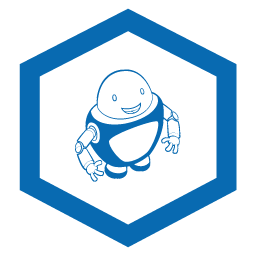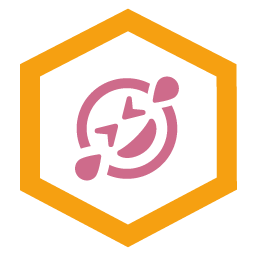7 Creative Block Solutions to Inspire Innovation in 2025
Creative blocks are an inevitable part of the innovation process, afflicting everyone from startup founders and marketers to writers and designers. It's that frustrating state of staring at a blank canvas, unable to generate the next big idea or solve a complex problem. However, being stuck doesn't have to be a permanent condition. The key isn't to passively wait for inspiration to strike, but to proactively engage with proven techniques that systematically dismantle mental barriers and reignite your creative spark.
This comprehensive guide moves beyond generic advice to provide a deep dive into powerful creative block solutions. We offer actionable strategies, structured frameworks, and real-world examples to help you overcome creative stagnation. You will learn to apply specific, repeatable methods that transform your approach from passive waiting to active, intentional creation. We will explore a diverse toolkit, covering everything from collaborative methods like Brainstorming and visual techniques like Mind Mapping to advanced cognitive frameworks such as the Six Thinking Hats and the SCAMPER method.
Whether you're developing a new brand identity, crafting a marketing campaign, or simply trying to innovate within your role, these strategies will equip you to consistently produce fresh ideas. Prepare to build a reliable system for creativity, armed with a versatile set of tools to conquer any challenge you face.
1. Master Collaborative Ideation with Classic Brainstorming
When an individual creative block feels like hitting a brick wall, collaborative brainstorming provides the collective force to break through it. This foundational technique, first popularized by advertising executive Alex Osborn, is a structured process for generating a high volume of ideas within a group setting. The core principle is the intentional separation of ideation from evaluation, creating a judgment-free zone where all thoughts, no matter how unconventional, are welcomed.
This psychological safety dismantles the self-censorship that often fuels creative stagnation. By focusing on quantity over quality in the initial phase, the pressure to produce a "perfect" idea vanishes. Instead, participants are encouraged to build upon each other's contributions, creating a dynamic and energetic flow of thought. This collaborative momentum is a powerful antidote to the isolation and paralysis of a creative block, proving that sometimes the best creative block solutions are found not in solitude, but in synergy.
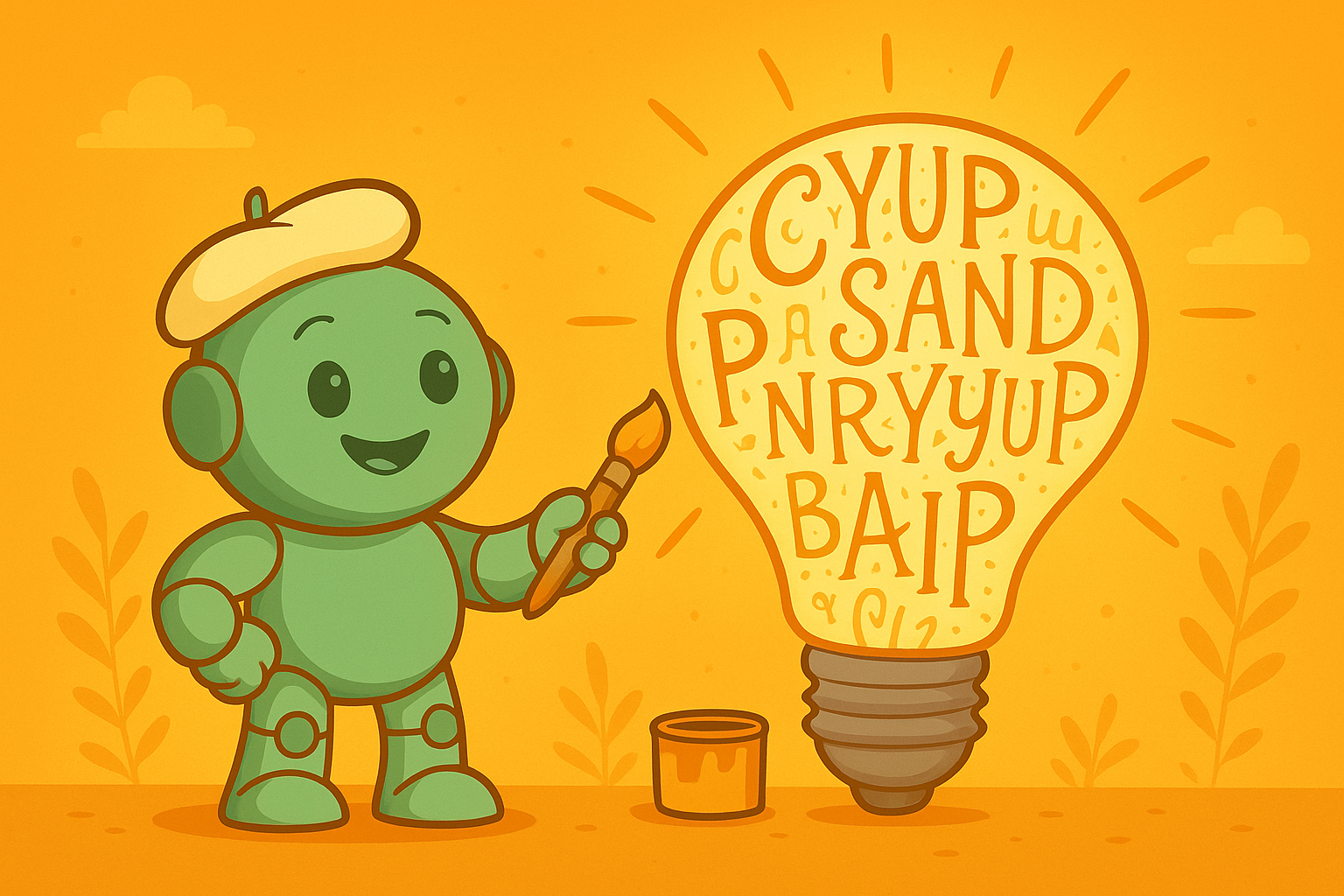
Why It Works So Well
Brainstorming is particularly effective because it leverages the diverse perspectives within a group. A seemingly impractical idea from one person can spark a brilliant, practical solution from another. This "piggybacking" of ideas is central to its success. Companies like IDEO and Pixar have institutionalized this approach; Pixar's "Braintrust" meetings are a testament to how structured, critical, yet open-minded brainstorming can refine a story from a rough concept into a cinematic masterpiece. Similarly, the invention of the Post-it Note at 3M emerged from a culture that encouraged such free-form ideation sessions.
How to Implement Classic Brainstorming
To run a successful brainstorming session that effectively dismantles creative roadblocks, follow a structured approach. A well-facilitated session can generate more innovative outcomes than an unstructured conversation. For those facing specific hurdles like writer's block, these collaborative techniques can be adapted to generate narrative ideas, headlines, or marketing copy. You can explore more strategies to overcome writer's block on NameRobot.
Here are actionable steps for your next session:
- Appoint a Neutral Facilitator: Choose someone to guide the process, enforce the rules, and keep the energy high without contributing their own ideas.
- Set a Clear Goal and Time Limit: Define the problem you're trying to solve (e.g., "Generate 50 potential names for our new software"). Keep the session focused and energetic with a time limit, typically between 15 and 45 minutes.
- Enforce the "No Judgment" Rule: This is the most critical rule. No criticism, analysis, or evaluation is allowed during the idea generation phase. This ensures participants feel safe to share wild or half-formed ideas.
- Use Visual Aids: Capture every idea on a whiteboard, flip chart, or digital collaboration tool like Miro or Mural. Visualizing the growing list of ideas encourages more participation.
- Embrace the "Yes, and..." Principle: Borrowed from improvisational theater, this principle encourages participants to build on others' suggestions rather than shutting them down. If someone says "a flying car," the next person should add to it ("Yes, and it's powered by solar energy") instead of dismissing it.
- Schedule a Separate Evaluation Session: Once the brainstorming time is up, thank everyone. Later, a different group, or the same group in a different mindset, can converge to critique, combine, and refine the generated ideas.
2. Visualize Connections with Mind Mapping
When linear thinking leads to a dead end, mind mapping offers a radiant, non-linear alternative to organize thoughts and uncover hidden connections. This powerful visual thinking tool, popularized by author and educational consultant Tony Buzan, helps externalize your internal thought processes. It starts with a single, central idea and branches out into associated concepts, mirroring the way our brains naturally make associations.
By laying out information visually, mind mapping bypasses the rigid structure of traditional note-taking that can stifle creativity. It allows for a free-flowing exploration of a topic, making it one of the most effective creative block solutions for those who are visual thinkers or feel trapped by conventional outlines. This method transforms a jumble of ideas into an organized, coherent picture, often revealing surprising pathways and innovative solutions that were previously obscured.
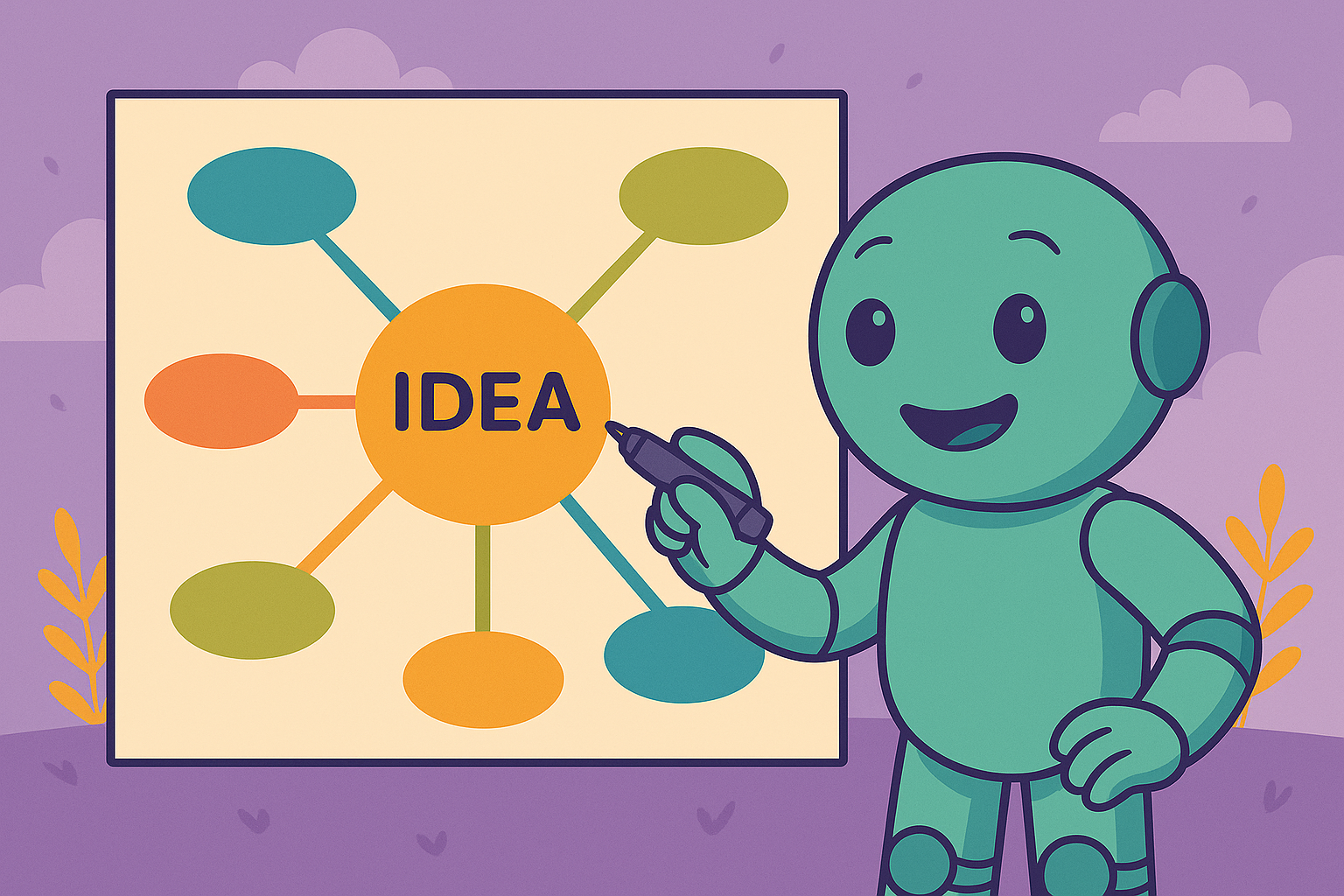
Why It Works So Well
Mind mapping is effective because it engages your whole brain, combining logic and imagination. The use of colors, images, and spatial organization stimulates associative thinking and memory recall far more effectively than monochrome text. This technique makes complex information digestible and helps you see the "big picture" alongside the finer details. For instance, the BBC has used mind mapping to plan complex program development and storylines, while companies in the Virgin Group leverage it for strategic business planning and fostering innovation. It’s a versatile tool that scales from personal project planning to corporate strategy.
How to Implement Mind Mapping
Creating a mind map is an intuitive process designed to get you out of your head and onto the page. The goal is to capture thoughts quickly without getting bogged down in structure or neatness, allowing you to enter a state of creative flow. This technique is particularly useful for brainstorming new product features, outlining articles, or planning marketing campaigns.
Here are actionable steps to create your own mind map:
- Start with a Central Idea: Place your main topic or problem in the center of a blank page. Using an image instead of a word can be even more stimulating.
- Create Main Branches: Draw thick branches radiating from the central idea. Each branch represents a key theme or sub-topic. Use single keywords or short phrases.
- Use Colors and Images: Assign a different color to each main branch and its sub-branches. Incorporate symbols and simple drawings to make concepts more memorable and trigger new associations.
- Add Sub-Branches: From your main branches, draw thinner sub-branches for supporting details, ideas, or tasks. Continue branching out as far as your ideas take you.
- Work Quickly and Freely: The initial goal is to get all your thoughts down without judgment. Don't worry about perfection; focus on flow. You can always reorganize and refine the map later.
- Review and Connect: Once your initial brain dump is complete, look for connections between different branches. You can draw lines or arrows to link related ideas across the map, uncovering powerful new insights.
3. Systematically Innovate with the SCAMPER Technique
When a creative block stems from staring at the same old problem, the SCAMPER technique offers a structured framework to dismantle it. Developed by Bob Eberle and based on the idea-spurring questions of Alex Osborn, this method is a checklist of seven prompts designed to provoke new perspectives on an existing product, service, or idea. It acts as a mental Swiss Army knife, providing different tools to systematically dissect and reimagine your challenge.
SCAMPER is an acronym that stands for Substitute, Combine, Adapt, Modify, Put to another use, Eliminate, and Reverse. By methodically applying each of these lenses, you force your brain to move beyond its default assumptions and explore avenues that were previously invisible. This structured approach provides a clear path forward when the open field of "thinking outside the box" feels too overwhelming, making it one of the most reliable creative block solutions for problem-solvers and innovators.
Why It Works So Well
The power of SCAMPER lies in its systematic questioning, which prevents you from getting stuck in a single line of thought. Instead of waiting for a random stroke of genius, you are actively prompting innovation. This method has been the silent engine behind countless breakthroughs. For instance, Uber substituted the taxi dispatcher with a mobile app, and Netflix adapted the video rental model by eliminating physical stores and late fees. The Apple iPhone is a masterclass in combining a phone, an internet browser, and a music player into one device.
How to Implement the SCAMPER Technique
Applying SCAMPER effectively requires a focused, step-by-step approach rather than a haphazard one. The goal is to generate a high volume of ideas by examining your problem from seven distinct angles. This method is especially useful for product development, process improvement, or any scenario where you need to innovate on an existing concept. For more creative methodologies, you can explore how to use different methods on NameRobot.
Here are actionable steps to guide your SCAMPER session:
- Isolate Your Focus: Clearly define the product, service, or problem you want to improve. Be as specific as possible.
- Work Through Each Letter Systematically: Address each of the seven prompts one by one. Ask targeted questions for each, such as:
- S (Substitute): What components, materials, or people can we swap?
- C (Combine): Can we merge this with another product or service?
- A (Adapt): What other idea could we adapt to solve our problem?
- M (Modify): How can we change the shape, size, color, or other attributes?
- P (Put to another use): What are other ways to use this product? Who else could use it?
- E (Eliminate): What can we remove or simplify to make it better?
- R (Reverse/Rearrange): Can we reverse the process or interchange components?
- Focus on Quantity, Not Quality: As with brainstorming, the initial goal is to generate as many ideas as possible for each prompt without immediate judgment.
- Document Everything: Write down all ideas, no matter how impractical they seem at first. A seemingly silly idea can often trigger a more viable one.
- Analyze and Select Later: After completing the exercise, review your list of ideas. Look for promising concepts that can be developed further or combined to create a powerful new solution.
4. Six Thinking Hats
When a creative block stems from a chaotic or one-dimensional thought process, Edward de Bono's "Six Thinking Hats" method provides a structured framework for deliberate, parallel thinking. This technique systematically guides individuals or groups to examine an issue from six distinct perspectives, each symbolized by a colored hat. By separating modes of thinking like emotion, logic, caution, and creativity, it prevents the mental traffic jams that lead to stagnation.
This disciplined approach forces you out of your default thinking style, which is often the root cause of a block. Instead of trying to juggle facts, feelings, and new ideas all at once, you address them one at a time. This methodical exploration ensures a comprehensive view of the problem, preventing the premature dismissal of ideas and unlocking innovative creative block solutions that a narrower perspective would miss.
Why It Works So Well
The Six Thinking Hats method is powerful because it de-personalizes debate and fosters focused collaboration. Instead of arguing from entrenched positions, participants collectively "put on" the same hat, directing their mental energy toward a single mode of thought. This creates alignment and dramatically reduces unproductive conflict. Major organizations like IBM and the Singapore government have adopted this technique for strategic planning and policy development, respectively, demonstrating its effectiveness in solving complex, high-stakes problems. Its utility also extends to medical teams for complex diagnoses and is widely taught in schools to foster critical thinking.
How to Implement the Six Thinking Hats
To effectively break through a creative block using this method, the key is to facilitate a structured session where each hat is given its due time. The process is managed by the Blue Hat, which directs the sequence and ensures focus. This structured flow, as visualized in the infographic below, guides the team from initial setup to a conclusive summary.
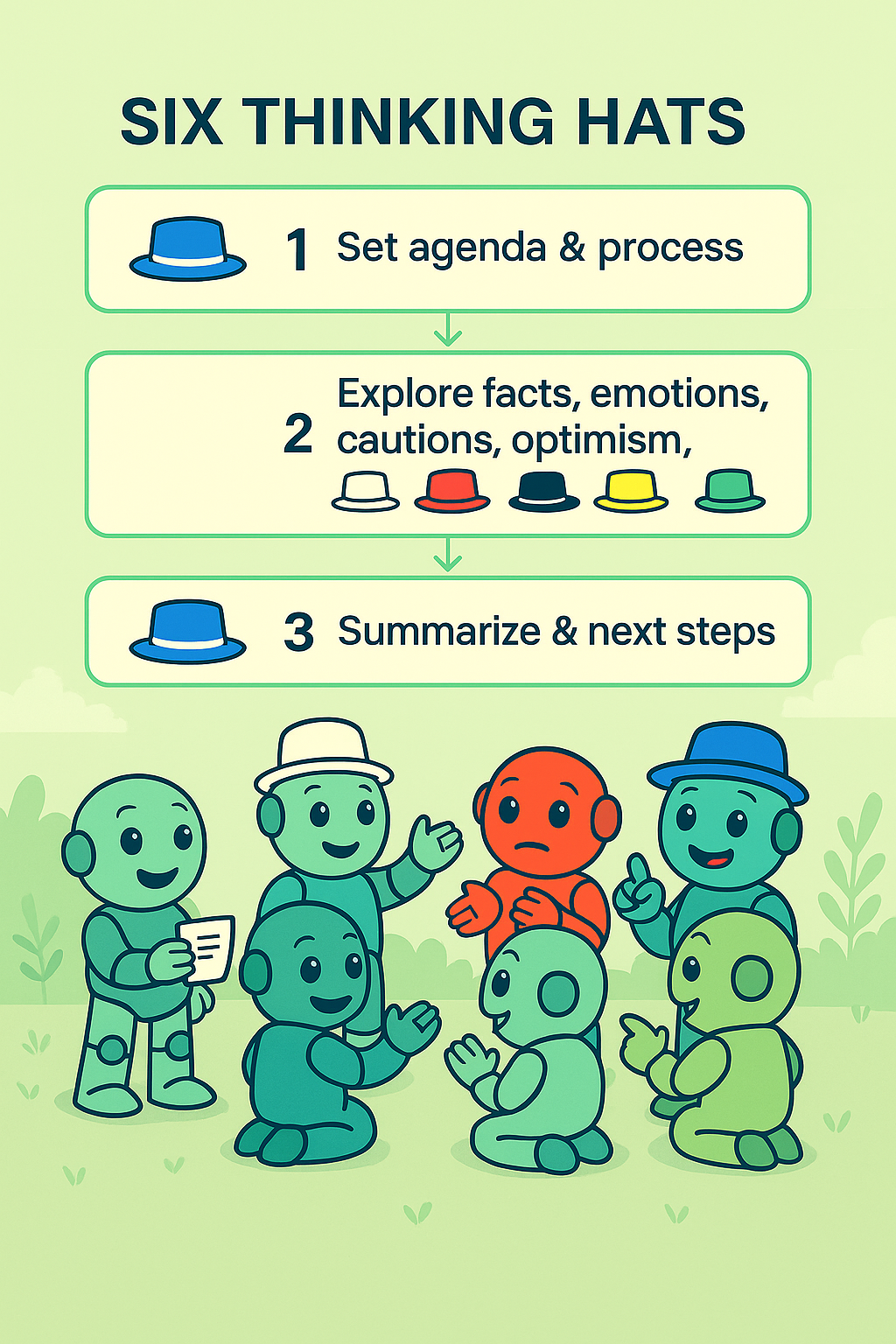
This diagram illustrates how the Blue Hat first sets the stage, then the group cycles through the other perspectives, and finally, the Blue Hat returns to synthesize the outcomes.
Here are actionable steps for your session:
- Understand Each Hat's Role: Ensure all participants know the function of each hat: White (facts and data), Red (emotions and intuition), Black (risks and caution), Yellow (optimism and benefits), Green (creativity and new ideas), and Blue (process control and overview).
- Start and End with the Blue Hat: The facilitator, wearing the Blue Hat, begins by defining the problem and the agenda. They also conclude the session by summarizing findings and outlining the next steps.
- Use One Hat at a Time: The core rule is that everyone in the group metaphorically wears the same color hat at the same moment. This ensures parallel thinking and prevents clashing perspectives.
- Set a Time Limit for Each Hat: Allocate a specific amount of time (e.g., 2-5 minutes) for each hat to keep the discussion focused and prevent any single perspective from dominating the entire session.
- Document Everything: As the group explores each perspective, a scribe should capture all points under the corresponding hat color. This creates a clear, organized record of the entire thought process for later evaluation.
5. Adopt a Human-Centered Approach with the Design Thinking Process
When creative blocks stem from a fuzzy understanding of the problem or a disconnect from the end user, the Design Thinking Process offers a structured, empathetic pathway forward. This methodology, championed by Stanford's d.school and the design consultancy IDEO, is a human-centered framework for innovation. It reorients the creative process away from internal assumptions and toward the real-world needs of the people you are designing for.
By systematically moving through five distinct stages: Empathize, Define, Ideate, Prototype, and Test, you dismantle creative barriers built on ambiguity. The process forces you to step outside your own perspective and gain deep insights before ever attempting to generate a solution. This focus on understanding before creating is a powerful antidote to the paralysis that occurs when the problem itself is unclear, making it one of the most robust creative block solutions for complex challenges.
Why It Works So Well
Design Thinking is profoundly effective because it grounds creativity in real human needs, ensuring that the solutions developed are not just novel but also meaningful and desirable. This user-centricity prevents wasted effort on ideas that miss the mark. For instance, Airbnb famously used design thinking to pivot from a failing startup to a global powerhouse. By empathizing with their users, the founders realized low-quality photos were the problem, leading them to personally photograph listings and transform the user experience.
Similarly, Bank of America developed its successful "Keep the Change" program by observing how customers struggled with saving money, not by brainstorming banking products in isolation. This structured empathy provides a clear direction and purpose, channeling creative energy effectively and preventing the stagnation that comes from designing in a vacuum.
How to Implement the Design Thinking Process
Integrating this five-stage model provides a clear roadmap to navigate from a creative standstill to an innovative, user-validated solution. Each stage builds upon the last, creating momentum and clarity.
Here are actionable steps to apply the process:
- Empathize with Your Users: The foundation of the process. Conduct interviews, observe users in their natural environment, and immerse yourself in their experiences to understand their pain points and motivations on a deep level.
- Define a Clear Problem Statement: Synthesize your findings from the empathy phase into a focused, human-centered problem statement. A good statement is actionable and guides the ideation process (e.g., "How might we help busy professionals maintain a healthy diet?").
- Ideate Without Limits: This is the brainstorming phase of Design Thinking. With a clear problem defined, generate a wide range of potential solutions. Defer judgment and aim for quantity, encouraging wild ideas.
- Build Rapid, Low-Fidelity Prototypes: Create inexpensive, scaled-down versions of your best ideas. A prototype can be a storyboard, a role-playing activity, or a simple physical model. The goal is to make the idea tangible enough to test.
- Test and Gather Feedback: Put your prototypes in front of actual users. Observe their interactions and listen to their feedback. The goal is not to defend your idea but to learn what works, what doesn't, and why, using these insights to refine your solution or even return to an earlier stage.
6. Disrupt Your Thinking with Lateral Puzzles
When logical, step-by-step thinking leads to a dead end, it’s time to change the rules of the game. Lateral thinking, a term coined by psychologist Edward de Bono, is a creative block solution that involves deliberately abandoning linear logic. It is the art of solving problems through an indirect and creative approach, using reasoning that is not immediately obvious and involving ideas that may not be obtainable by using only traditional step-by-step logic.
This method works by actively disrupting your established thought patterns. Instead of digging deeper into the same hole of thought, lateral thinking encourages you to find a completely new place to start digging. It’s about challenging assumptions, looking at problems from bizarre angles, and using provocation to jolt your mind out of its comfortable ruts. This intentional disruption is an incredibly powerful tool for anyone feeling trapped by conventional thinking, offering a pathway to truly original ideas.
Why It Works So Well
Lateral thinking is one of the most effective creative block solutions because it directly counteracts the mental rigidity that causes the block in the first place. By forcing the brain to make new connections between seemingly unrelated concepts, it creates fresh neural pathways. This process bypasses the internal critic that demands every idea be logical and practical from the start. Major innovators implicitly use this; Toyota’s continuous improvement (kaizen) process often involves asking unconventional questions to rethink production, and Google's innovation labs are famous for applying non-linear thinking to technological challenges.
How to Implement Lateral Thinking
Adopting a lateral thinking mindset requires practice and a willingness to embrace the illogical. Unlike brainstorming, which focuses on group ideation, lateral thinking can be a powerful solitary exercise, though the principles can also be applied in group settings. The key is to suspend judgment and intentionally introduce randomness. By doing so, you can discover a world of ideas that were previously invisible. For those looking to apply this in a team environment, you can explore methods to be creative together with NameRobot.
Here are actionable steps to integrate lateral thinking into your creative process:
- Use the Random Word Technique: Pick a random noun from a dictionary or a word generator. Then, force connections between that word and the problem you are trying to solve. For example, if your problem is "new marketing campaign" and the random word is "cloud," you might generate ideas about data storage, weather-based promotions, or a theme of lightness and simplicity.
- Practice with 'Po' Statements: "Po" stands for "provocative operation." Create a deliberately provocative or illogical statement related to your problem, such as "Po: The product has no packaging." Instead of dismissing it, explore where that idea leads. It might spark innovations in digital delivery, sustainability, or user experience.
- Reverse the Problem: Instead of asking "How can we increase customer satisfaction?" ask "How could we make our customers as unhappy as possible?" Identifying the specific causes of dissatisfaction often illuminates the precise actions needed to create satisfaction.
- Use Analogies and Metaphors: Frame your problem as something else entirely. If you're designing a new project management tool, ask: "How would a chef organize their kitchen for a dinner service?" This can reveal insights about workflow, preparation, and timing.
- Challenge Every Assumption: List all the assumptions you have about your problem (e.g., "Our customers need this feature," "The product must be a physical object"). For each assumption, ask, "What if the opposite were true?" This systematically dismantles the mental box you've built around the problem.
7. Change Your Scenery with a Creative Walk
When mental fatigue sets in and ideas refuse to flow, the solution may not be to think harder, but to move your feet. The simple act of walking is a scientifically-backed method for overcoming creative blocks by stimulating blood flow, changing your environment, and allowing your mind to make novel connections. This physical activity breaks the sedentary cycle often associated with deep work, providing the brain with fresh sensory input and a different cognitive mode.
Research from Stanford University has shown that walking can increase creative output by an average of 60%. This isn't just about getting exercise; it's about engaging in what researchers call "divergent thinking," the ability to generate multiple answers to a problem. By stepping away from the screen and into the world, you give your subconscious mind space to wander and connect disparate ideas, making it one of the most accessible and effective creative block solutions available.
Why It Works So Well
The power of walking for creativity is not a new discovery; it has been championed by great thinkers for centuries. The philosopher Aristotle was known to teach his students while walking, and Charles Dickens famously walked up to 30 miles a day through London, drawing inspiration from the city's sights and sounds. In the modern business world, Steve Jobs was notorious for his "walking meetings" at Apple, believing the combination of movement and informal setting fostered more honest and creative conversations. Similarly, Arianna Huffington has long advocated for walking meetings as a way to boost well-being and spark innovative breakthroughs.
This technique works because it frees the brain from the constraints of a single location and a fixed posture. As your body moves, your thinking becomes more flexible. The natural rhythm of walking can have a meditative effect, quieting the hyper-critical prefrontal cortex and allowing more creative, associative thoughts to surface.
How to Implement a Creative Walk
To effectively use walking to break through a creative block, the key is to be intentional about the process. It's more than just a break; it’s a dedicated creative practice.
Here are actionable steps for your next creative walk:
- Go Device-Free: Leave your phone and other distracting devices behind. The goal is to be present in your environment, not to simply change the location of your digital distractions.
- Vary Your Routes: Don't walk the same path every day. Expose your brain to new stimuli by exploring different neighborhoods, parks, or city streets. New sights and sounds lead to new thoughts.
- Bring a Capture Tool: Carry a small notebook or a voice recorder. Ideas often strike unexpectedly during a walk, and you need a low-friction way to capture them without breaking your stride or creative flow.
- Walk at a Comfortable Pace: This isn't a workout. Walk at a relaxed, unhurried pace that allows your mind to wander freely without being consumed by physical exertion.
- Try Walking Meetings: For collaborative projects, invite a colleague on a walking meeting. The dynamic environment can break down formal barriers and lead to more fluid, innovative brainstorming sessions.
- Embrace Nature: Whenever possible, choose a natural setting like a park or trail. Studies have shown that spending time in nature can significantly improve cognitive function and creativity.
Creative Block Solutions: 7-Method Comparison
| Technique | Implementation Complexity ? | Resource Requirements ⚡ | Expected Outcomes ? | Ideal Use Cases ? | Key Advantages ⭐ |
|---|---|---|---|---|---|
| Brainstorming | Low to Moderate ? | Minimal, needs facilitator ⚡ | Large volume of diverse ideas ? | Group ideation, overcoming creative blocks with varied perspectives ? | Quick idea generation, collaborative, easy to understand ⭐ |
| Mind Mapping | Moderate ? | Basic materials or software ⚡ | Organized, visible idea relationships ? | Individual idea exploration, connecting concepts, planning ? | Engages both creativity & logic, flexible and visual ⭐ |
| SCAMPER Technique | Moderate ? | Low ⚡ | Systematic idea modification/improvement ? | Product innovation, process improvement, refining existing ideas ? | Clear structure, easy to learn, guides focused creativity ⭐ |
| Six Thinking Hats | Moderate to High ? | Training and facilitation ⚡ | Comprehensive multi-perspective analysis ? | Complex problems, group decisions, managing emotions & biases ? | Structured, reduces conflict, inclusive of all viewpoints ⭐ |
| Design Thinking Process | High ? | Cross-functional teams, users ⚡ | User-centered innovative solutions ? | Innovation challenges, product/service design, organizational problems ? | Deep user insight, iterative prototyping, reduces risk ⭐ |
| Lateral Thinking | Moderate ? | Minimal, practice required ⚡ | Novel, unconventional solutions ? | Breakthrough thinking, overcoming fixation, stuck in routine ? | Encourages mental flexibility, produces unique ideas ⭐ |
| Walking and Movement | Very Low ? | None to minimal ⚡ | Increased creative output, mental freshness ? | Individual blocks, idea generation, mental reset ? | Scientifically proven boost, physical and mental benefits ⭐ |
Integrating Your Creative Toolkit for Lasting Innovation
The journey through the diverse landscape of creative block solutions we've explored reveals a fundamental truth: creativity isn't a mystical force you summon, but a discipline you cultivate. Facing a creative block is not a sign of failure; it is an inevitable part of any innovative process. The true measure of a creative professional, team, or entrepreneur lies not in avoiding these moments of friction but in how effectively they navigate them. The techniques detailed in this article, from Brainstorming and Mind Mapping to the structured methodologies of SCAMPER and Six Thinking Hats, are not isolated tricks. They are interconnected instruments in a powerful toolkit designed to dismantle creative stagnation.
The core takeaway is that sustainable creativity hinges on adaptability and diagnosis. The first and most crucial step in overcoming a block is to correctly identify its nature. Are you struggling with a lack of initial ideas? A focused Brainstorming session or the physical stimulus of Walking and Movement might be your most effective starting point. Is your team mired in unproductive conflict or groupthink? The Six Thinking Hats provides the structure to de-personalize feedback and ensure all perspectives are heard. By consciously matching the problem to the solution, you transform a generic feeling of being "stuck" into a specific, solvable challenge. This diagnostic approach elevates you from a passive victim of creative lulls to an active architect of your own breakthroughs.
Synthesizing Techniques for Deeper Impact
True mastery of these creative block solutions emerges when you begin to combine and synthesize them into a seamless workflow. Imagine you're tasked with revitalizing a declining product line. Your process could look something like this:
- Empathize & Define with Design Thinking: You start with the first two stages of the Design Thinking process, conducting user interviews and analyzing data to define the core problem your customers are facing.
- Generate with Lateral Thinking & Brainstorming: Armed with a clear problem statement, you hold a Brainstorming session, but with a twist. You introduce Lateral Thinking prompts to push the team beyond obvious improvements and into truly disruptive territory.
- Refine with SCAMPER: You take the most promising ideas from the brainstorming phase and run them through the SCAMPER checklist. Can you Substitute a key material? Combine it with another service? Adapt it for a new market?
- Evaluate with Six Thinking Hats: Finally, you use the Six Thinking Hats framework to systematically evaluate the top three refined concepts, ensuring you've considered the emotional impact (Red Hat), potential risks (Black Hat), and logistical benefits (White Hat) before moving forward.
This integrated approach creates a robust, multi-stage engine for innovation. It acknowledges that different phases of a project require different modes of thinking. By layering these techniques, you build momentum and ensure that your creative output is not just novel but also well-vetted and strategically sound.
The Power of Proactive Practice
Ultimately, the most potent of all creative block solutions is proactive and consistent practice. Waiting until you are completely stalled to try a new technique is like waiting for a flood to learn how to build a raft. The most resilient creatives and teams regularly "exercise" these methods on lower-stakes problems. Use Mind Mapping to plan your week. Apply the SCAMPER method to your morning routine. Dedicate ten minutes to Lateral Thinking puzzles.
By making these practices a regular part of your professional and even personal life, you build cognitive muscle memory. When a high-pressure creative block inevitably appears, you won't be fumbling with a new, unfamiliar tool. Instead, you will have a trusted, well-honed arsenal at your immediate disposal, ready to be deployed with confidence and skill. This transforms creative blocks from formidable obstacles into valuable signposts, indicating a need to switch gears and approach the problem from a new, more powerful angle.
Ready to supercharge your brainstorming and find the perfect name that sparks inspiration? The naming tools from NameRobot act as a powerful digital partner in your creative process, using AI to generate thousands of unique ideas you can then refine with the techniques in this article. Explore the possibilities and break through your next block at NameRobot.


